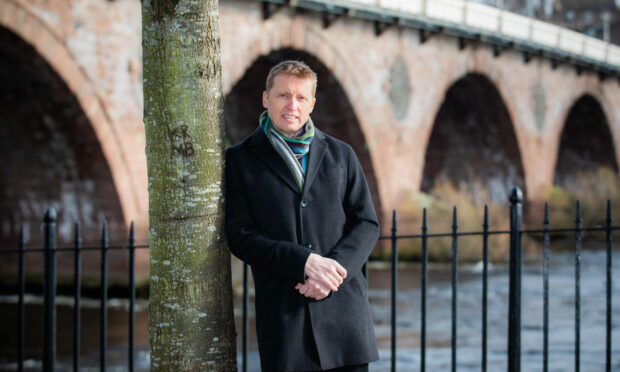The likelihood of new measures to discourage people from driving has increased after the Scottish Government’s climate record came under fire.
Green groups have doubled down on their call for “demand management” on local roads as transport emissions remain stubbornly high.
The UK Committee on Climate Change (CCC) said earlier this week that a lack of progress in cutting emissions in Scotland was at risk of making Holyrood’s “world-leading” targets “meaningless.”
The Scottish Government has a target to reduce the number of kilometres driven by 20% by 2030.
Perth-based Mike Robinson is the chairman of the 60-strong coalition of civil society groups Stop Climate Chaos Scotland.
He said Scotland is “falling behind” on cutting emissions and was in danger of failing to meet the next milestone target to cut emissions by 75% by 2030.
He said: “The time for positive rhetoric is over – the Scottish Government must urgently redouble efforts to meet targets.”
On transport, an SCCS spokesperson called for measures to “make journeys by car a less attractive option” as well as supporting active travel and public transport.
Charging for road use already under consideration
Transport officials in Tayside are already consulting on measures such as charging for road use, requiring private vehicles to use less direct routes and reducing parking spaces, among others.
Scottish Green Party politicians were quick to point out the critical CCC report did not reflect the party’s ambitions now they are part of the coalition government in Edinburgh.
Green environment spokesperson and Fife list MSP Mark Ruskell said members of the Scottish Parliament would now “look at the kind of fundamental changes that politicians have never thought possible before.”
He said: “We need to look again at demand management of our roads, and at more fundamental changes such as congestion charges which can raise revenue to re-invest directly into public transport.”
Minister acknowledges need for ‘transformational action’
While Net Zero secretary Michael Matheson was far from ruling radical measures out when he responded to the report.
He said: “We fully acknowledge it will require truly transformational action across our society and economy, driven by government, as part of a national effort to tackle the climate emergency.
“Progress has been made – Scotland is already more than half way to net zero – but we are now entering the most challenging part of the journey to date, with a need to halve our emissions again within the next eight years.”











Conversation